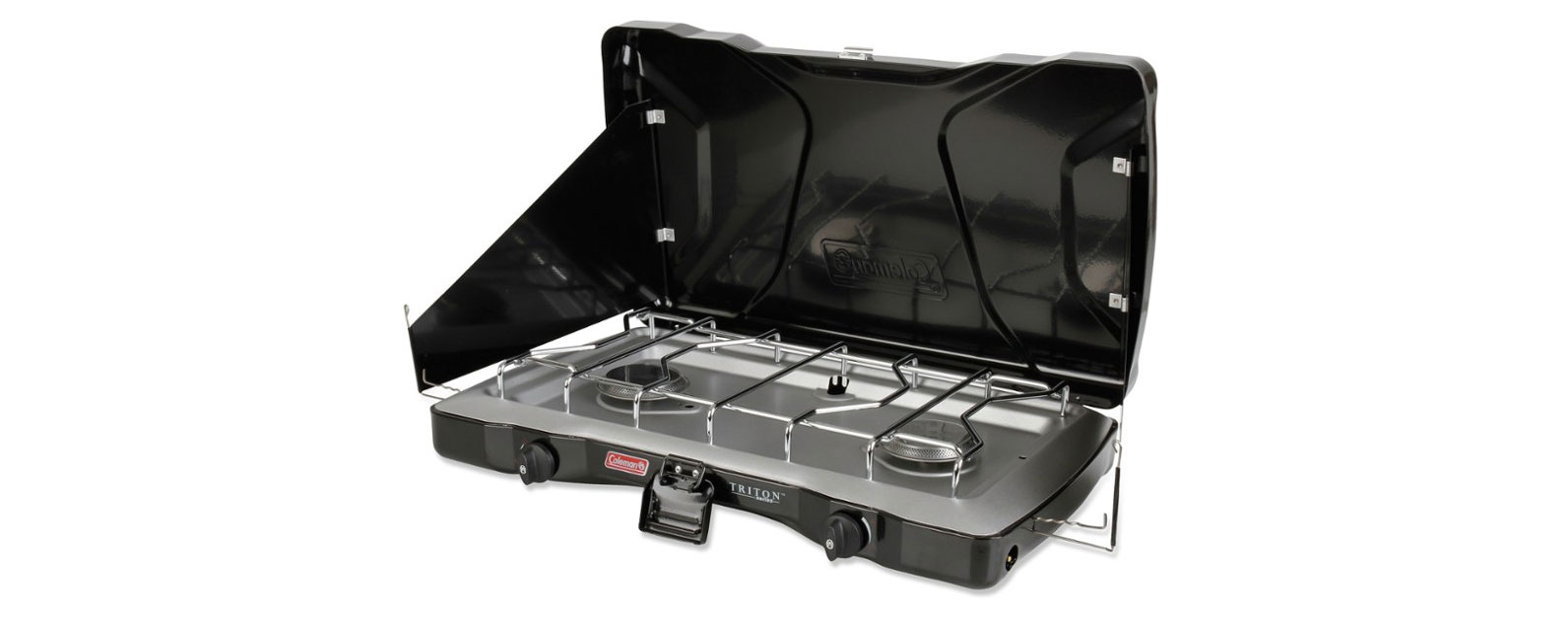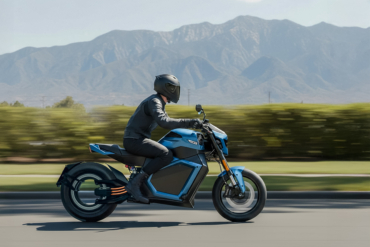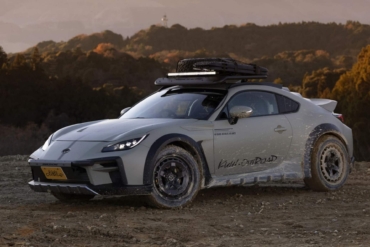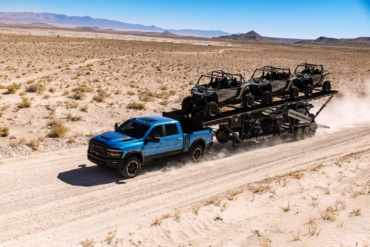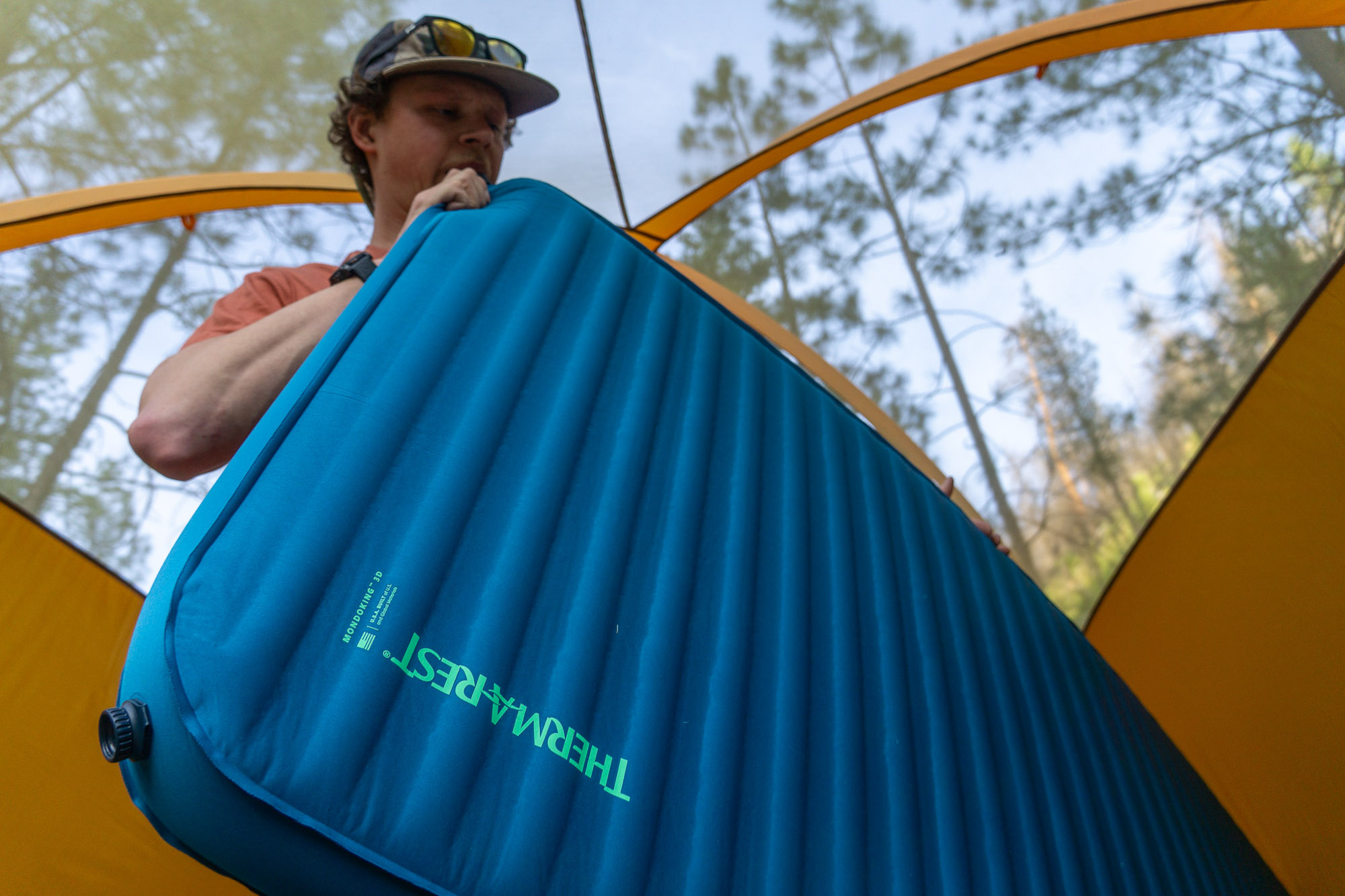As camping on public lands surges, self-management becomes even more essential to not lose those privileges.
Dispersed camping continues to grow in popularity across the West from Moab to Sedona to Crested Butte. Understandably so, given that it costs nothing and allows outdoor enthusiasts to enjoy public lands. But dispersed camping has rules and limitations.
When occupancy overflows, campers often create sites close to water or in undisturbed areas like wildflower meadows, which is illegal. Campers can receive citations or areas can eliminate dispersed camping altogether.
“This summer, our visitation was on an order of magnitude higher than anyone has ever seen,” said Matt McCombs, Gunnison District Ranger for the Grand Mesa, Uncompahgre, and Gunnison National Forests. He’s referring to the highly sought-after dispersed camping that surrounds Crested Butte, Colorado. As a result, the area is transitioning to designated camping to prevent further environmental impact.
This spike in overnight recreation follows population growth and a surge in outdoor-focused travel. Plus, “the evolution of modern motor vehicles and associated camping equipment allows people to go deeper into the backcountry and persist longer,” as McCombs notes.
So, it’s crucial to understand what dispersed camping entails and how to do it properly. Read on for tips and guidelines on how to enjoy dispersed camping and maintain the ethics that will keep it a sustainable pastime for others to enjoy.
Dispersed Camping: What Is It?

Dispersed means you’re camping in an unconfined manner without the amenities found at designated campgrounds or campsites. This type of camping is free and nonreservable, and it’s permitted for 14 consecutive days in national forest and Bureau of Land Management (BLM) public land.
In contrast, designated campsites are distinguished by a signpost with the universal camp symbol and a metal fire ring. Established fences or rocks might delineate the boundary of each camp spot.
Where You Can Legally Drive Your Rig
Across national forests, Motor Vehicle Use Maps (MVUMs) designate how far you can drive off established roads. Each guide also specifies what type of vehicle is permitted in that area. Those maps are available online and at ranger stations. (Due to COVID-19, check with specific offices regarding walk-ins.)
In Gunnison National Forest, for example, motor vehicles can travel up to 300 feet from the road’s centerline to disperse camp. However, the MVUM includes a list of exceptions. Zero off-road vehicle travel is permitted on certain roads, such as in Gothic or Taylor Park. In other locations, off-road travel to disperse camp is limited to 30 feet from the road’s edge.
On BLM land, driving off road and cross-country generally isn’t permitted. Vehicles are allowed on existing roads and trails where travel is authorized. However, after you’ve located a campsite, OHVs (off-highway vehicles) can be driven to the campsite, which must be within 300 feet of an established road or trail.
Creating new roads is prohibited.
Check Your Tires
One thing to note for any dispersed camping adventure: Make sure your vehicle is up for it. While dedicated overlanding vehicles open up the most possibilities, you don’t need a monster truck to get where you want to go.

While any number of off-road toys and gear will help keep you rolling and safe — good, capable tires are paramount. They’re the only part of your vehicle actually touching the road (or lack thereof). Therefore, you should ensure that your tires are within their recommended tread life.
Perhaps, more importantly, you may want to consider dedicated all-terrain or off-road treads to really maximize your vehicle’s capability. I swapped out all-season tires on my 20-year-old pickup for BFGoodrich’s All-Terrain KO2.
This made a world of difference in the way my truck handled and moved on challenging terrain. Finding proper off-road tires that fit your budget and needs is an easy way to help your car or truck venture capably into more wild spaces where vehicles are permitted.
How to Find Dispersed Campsites
“The best-dispersed camping is where it already exists,” McCombs explained. “If you’re on a spur road that comes off a forest service road with a small opening with evidence of previous camping — bare dirt, laid down grass, and a fire ring — that signals the best place to go, instead of creating a new dispersed site in an undisturbed area.”
Dispersed campsites need to be at least 100 feet away from water, roads, and established trails in national forests. On BLM land, disperse camp a minimum distance of 200 feet from water sources.
Arrange your camp on previously disturbed and flat ground. (Sites on steep slopes cause erosion problems.) Avoid undisturbed meadows, scenic areas, wildflower populations, and wildlife habitats.

Understand the Signage
If dispersed camping isn’t allowed, the area’s signage will read, “Camping Allowed in Designated Sites Only.” Otherwise, look for “no camping” and “private property” signs, which mean dispersed camping is not permitted.
Don’t move, deface, or take signs: damaging or removing such property is prohibited.
Rules for Dispersed Car Camping
Don’t leave behind any personal property or trash, including toilet paper or food scraps. Cutting live trees for firewood is also prohibited. For firewood, collect loose sticks and branches, and look for fallen trees.
For human waste, dig a hole (6 inches deep) at least 200 feet away from water. After use, refill the hole with loose dirt. For more info, see our guides on How to Poop in the Woods — even in winter.
Reuse established campfire rings, which feature a shallow pit and are lined with rocks. If the rocks have been dispersed and the pit is buried, you can build a new one.
Campfires must be at least 100 feet from water and trails, and they are not permitted at or above treeline. Also, build the campfire atop the soil, away from low-hanging tree limbs.
After 14 consecutive days, you need to move at least 25 miles from your camp spot on BLM-managed land. In national forests, you need to relocate 3 miles away. Note that 14 days includes separate stays in a 28-day period on BLM land or 30 days in national forests.
What to Pack
Cell service is not guaranteed. In case your rig breaks down or there’s a roadside emergency, carry a satellite messenger device.
You might want to cook over a campfire but bring a backup option, in case there’s a fire ban. A portable, propane-powered two-burner stove or camp oven are great alternatives.
To carry out waste, have a trash bag handy. And for ease of digging poop holes, a trowel is helpful.
When to Go
Dispersed camping is allowed year-round on public land. However, showing up in the dark, on a Friday evening, or mid-holiday isn’t advised, as you may not find a spot.
Arrive by the early afternoon, so that you have sunlight to search for an appropriate site. You’ll need to read all posted signage and find an open space that’s permitted and nonimpactful to the environment.
Checklist: Weather, Travel Route, Fire Restrictions
Be sure to check the weather forecast and land management website for road status reports. Some dirt roads become impassable with rain.
Look up the fire restrictions for the county, state, and public land jurisdiction where you plan to camp.
You can also call the land management office for updates including road conditions. Ask where dispersed camping exists that isn’t well known, which can help mitigate the impact.
Ignoring Regulations: Consequences
In national forests, forest protection officers and law enforcement officers enforce environmental protection. The BLM has law enforcement rangers.
In national forests, neglecting the guidelines for off-road vehicle travel leads to a hefty fine. Each situation and location is unique, but citations can amount to $5,000, six months imprisoned, or both.
If you improperly disperse camp on pristine surfaces, like fragile meadows or riparian vegetation, you can get a $300 ticket. Other unacceptable acts, like building an inappropriate fire ring, can earn a $250 fee. Leaving unsanitary waste — including toilet paper, human waste, and tampons — lands a $300 charge.
Alternatives: Have a Backup Plan

As you plan, choose several areas — rather than just one — where you can disperse camp. Then create a broad list of potential campsites in that geographic area.
“Rather than saying, ‘I’ll disperse camp in the Cement Creek drainage outside of Crested Butte,’ instead decide, ‘I’ll camp in the Gunnison Ranger District and consider Black Canyon of the Gunnison National Park,’” said McCombs.
Research designated campsites or campgrounds, too. Check out nearby national parks, county or city campsites, and private RV parks. “If visitors want to be confident that they will have a place to stay in a destination they desire, they can also start with a reservable site at a public or private campground and go from there,” added McCombs.
For more information on dispersed camping — especially for non-car campers — see our Dispersed Camping 101 Guide.



